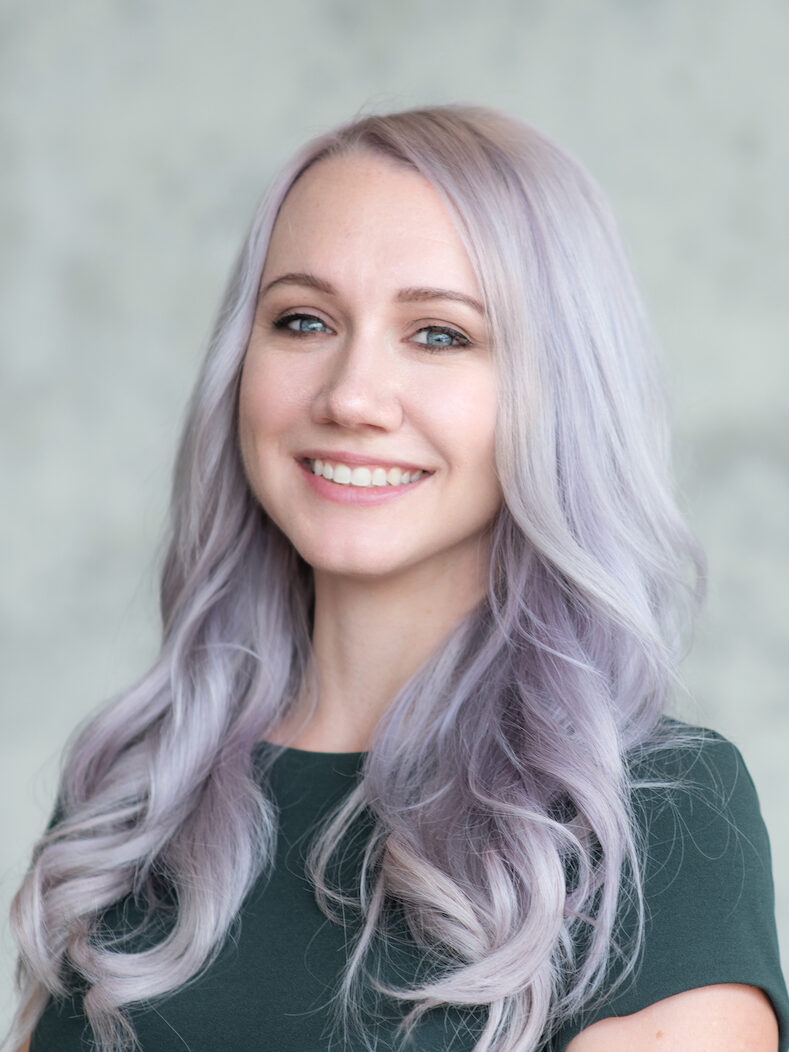Generosity of VAI employees empowers osteoporosis discovery
August 8, 2023
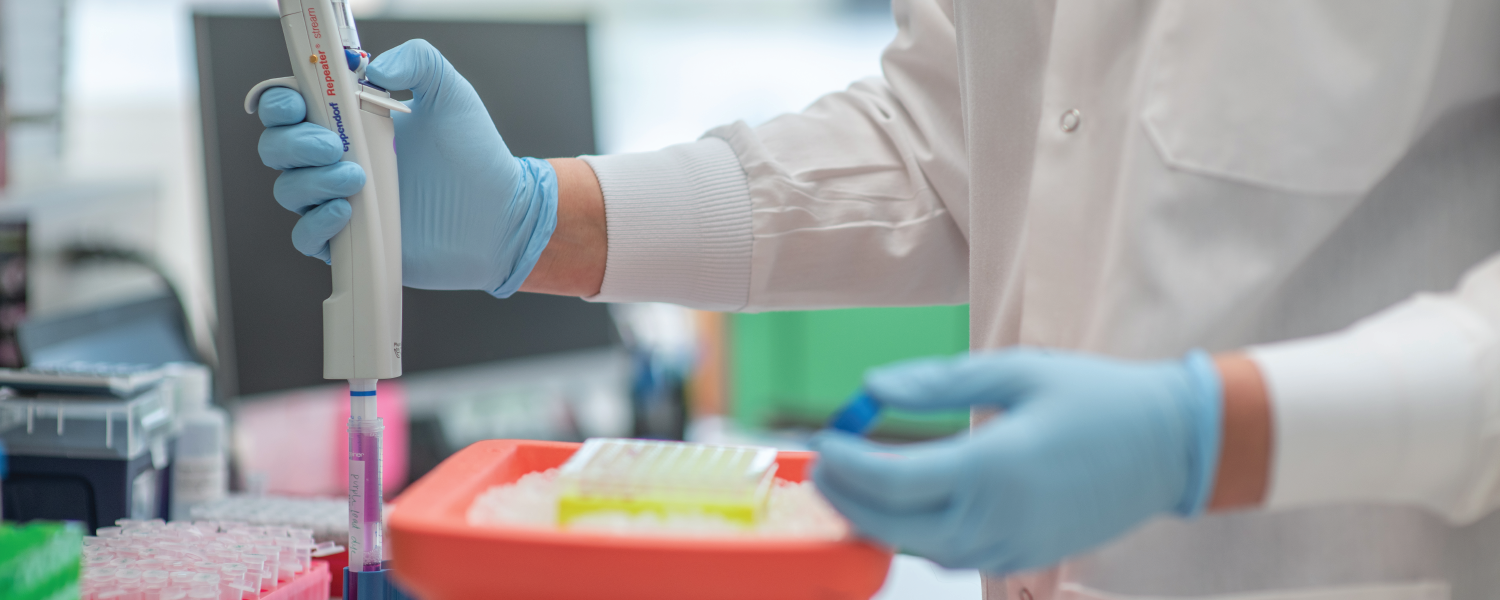
What started as a question about an odd bone could one day lead to new ways to treat osteoporosis with fewer side effects, thanks to a collaborative team of inquisitive scientists fueled by philanthropic funding from VAI employees.
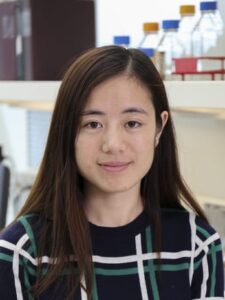
The discovery, published earlier this year in the journal Science Advances, identified a protein called KDM5C as a potential treatment target for osteoporosis. It also shed new light on how and why women lose bone mass as they age, a process that results in nearly 1 in 5 women facing osteoporosis after age 50.
The findings offer new hope for improved osteoporosis treatments and underscore the importance of innovation, a shared spirit of collaboration and the value of asking a simple question: why?
Funny bones and curious questions
Postdoctoral fellow Dr. Lukai Zhai couldn’t shake the feeling that something was off about the tiny piece of bone he was studying in the lab. It appeared denser than it should.
Zhai was intrigued, so he reached out to Dr. Huadie Liu, a postdoctoral fellow who studies bone diseases. Together with their mentors — Dr. Connie Krawczyk and Dr. Tao Yang — they came up with an idea.
What if the protein Zhai studied, KDM5C, had something to do with the bone changes?
The prospect was an exciting one.
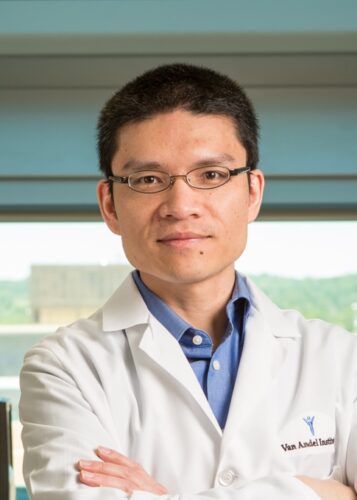
KDM5C is an epigenetic modulator — a fancy term for molecular helper that ensures the instructions in DNA are carried out correctly. It works by altering epigenetic marks, which are akin to “on” and “off” switches that enable our genetic instructions to be used at the right time and in the right place.
KDM5C also is associated with X chromosomes, meaning it is more active in women than men. Because of this, disorders linked to KDM5C are much more prevalent in women — a common thread shared with osteoporosis. This connection offered a tantalizing clue that the team was on the right track.
The Krawczyk and Yang labs had a compelling question. Now, they needed support to make the project happen.
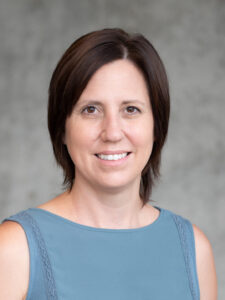
A team effort
Enter VAI’s Employee Impact Campaign, a fund sustained by the generosity of Institute employees. Once a year, VAI scientists and educators pitch their ideas to employee-donors, who then vote on which projects to support.
The fund gives fledgling research projects the springboard they need to get projects off the ground and gather the early data required to secure subsequent grant funding.
In 2021, VAI employees voted to award Yang and Krawczyk nearly $73,000 for the project. This funding enabled their teams to investigate differences in the way bone is regulated in male and female mice, which share many similarities with humans and are important models for studying health and disease.
“The Employee Impact Campaign fosters collaborative research across disciplines and enables research that couldn’t happen in just one lab,” Yang said. “It’s a tremendous program that allows everyone to contribute to science, no matter their role at VAI. We are so grateful to our colleagues for supporting our work.”
As part of their project, the Krawczyk and Yang labs focused on specialized cells called osteoclasts, which help maintain bone health by breaking down and recycling old bone. They discovered that reducing KDM5C disrupted cellular energy production in osteoclasts, which slowed down the recycling process and preserved bone mass.
“Lowering KDM5C levels is like flipping a switch to stop an overactive recycling process. The result is greater bone density, which ultimately means stronger bones,” Krawczyk said. “We’re very excited about this work and look forward to carrying out future studies to refine our findings. At the end of the day, we hope these insights make a difference for people with osteoporosis.”
Research reported in this publication was supported by Van Andel Institute; Van Andel Institute’s Employee Impact Campaign; and the National Institute on Aging of the National Institutes of Health under award no. R01AG061086 (Yang). The content is solely the responsibility of the authors and does not necessarily represent the official views of the National Institutes of Health or other funding organizations.

